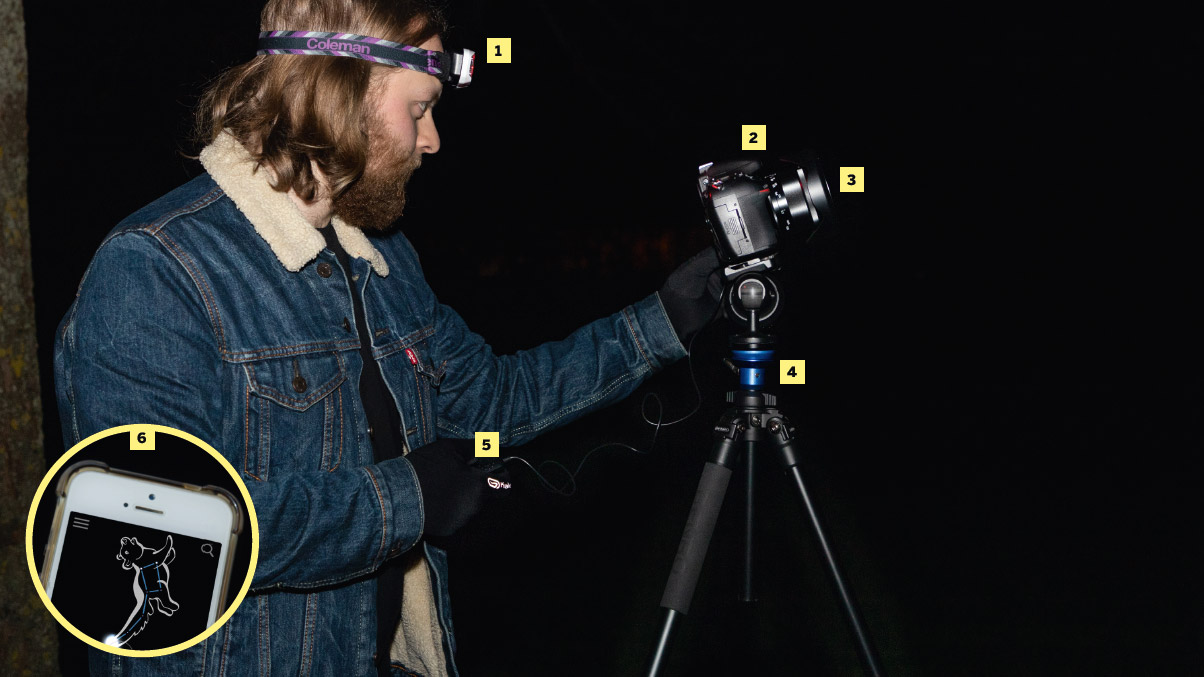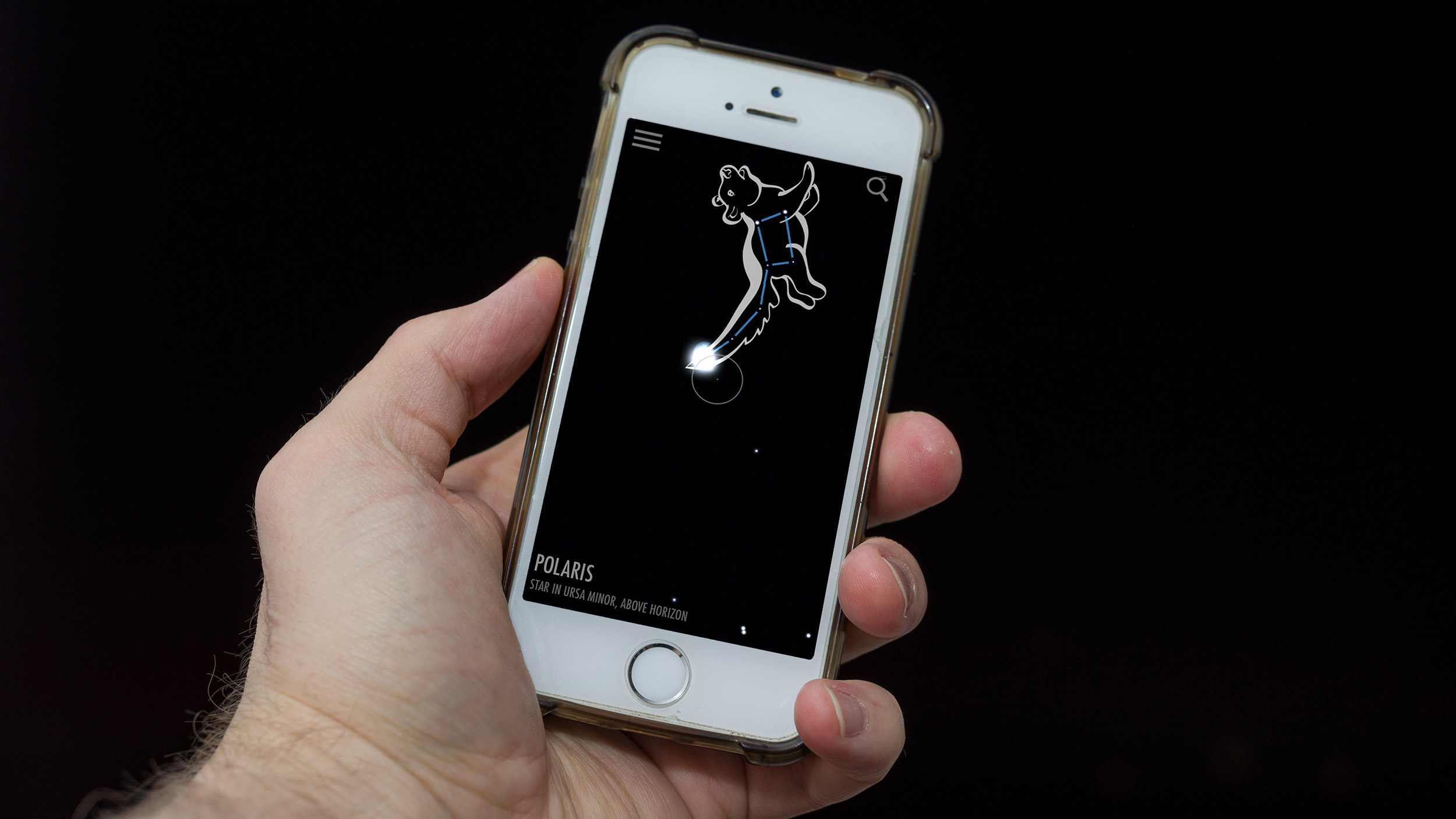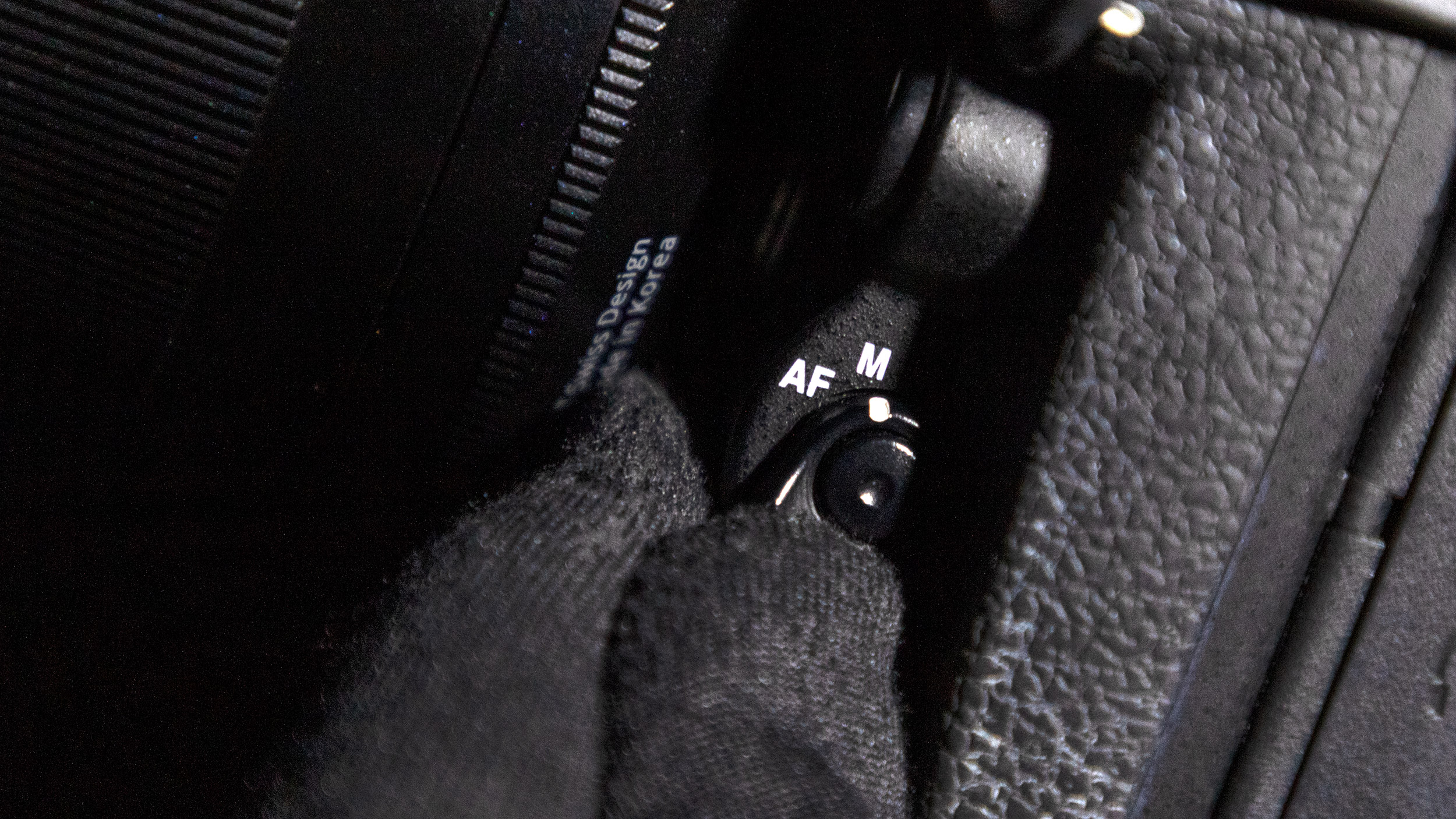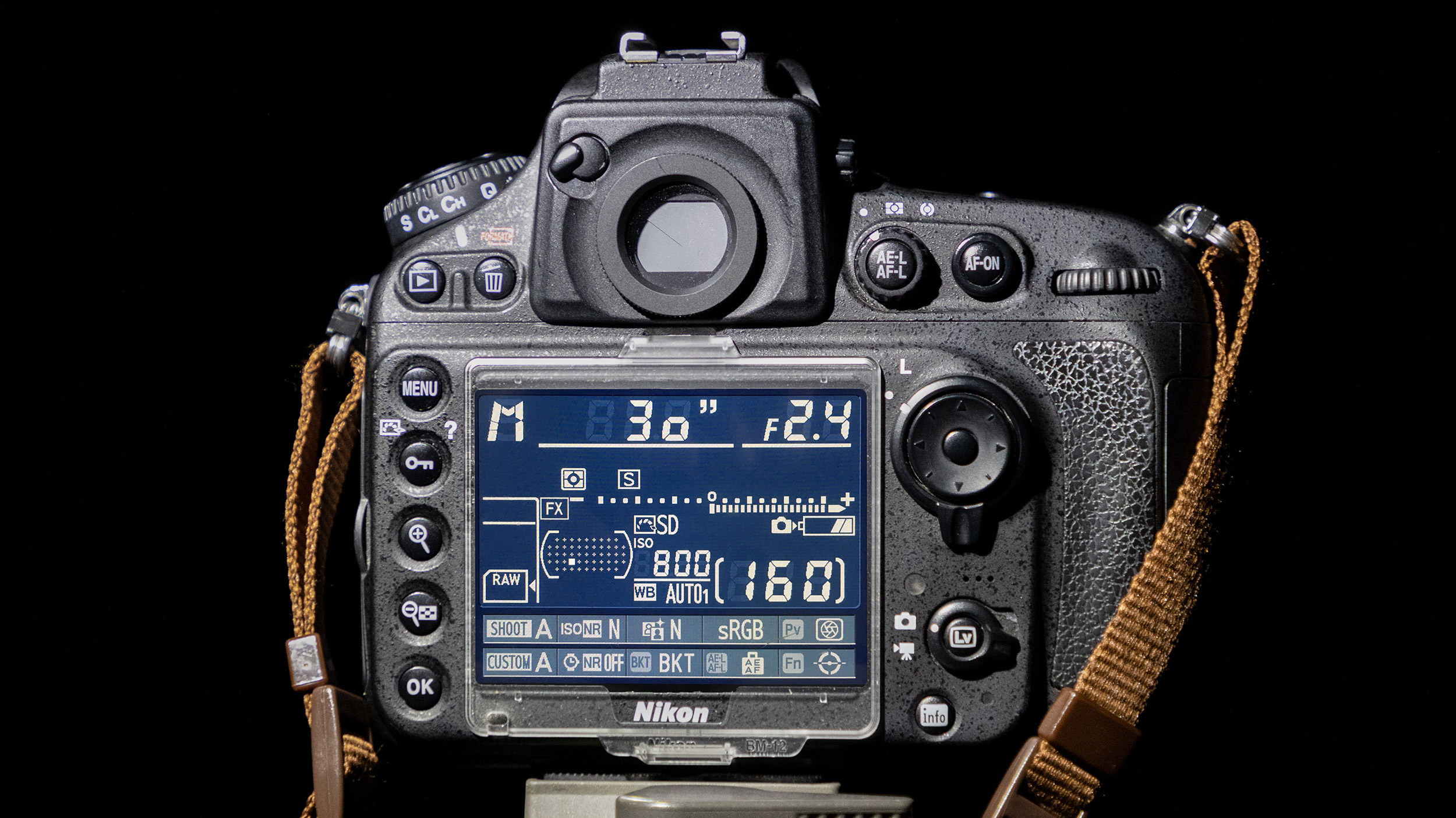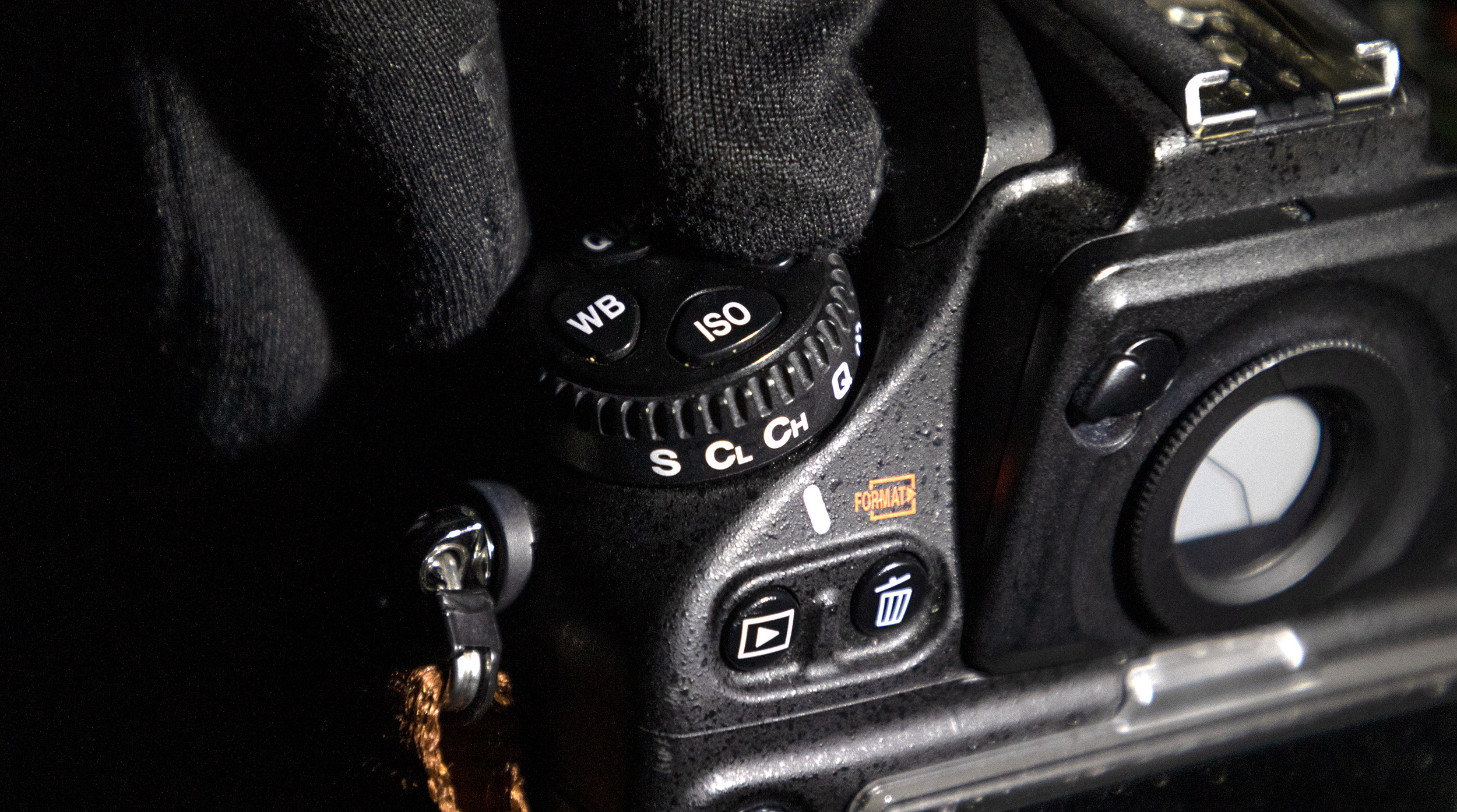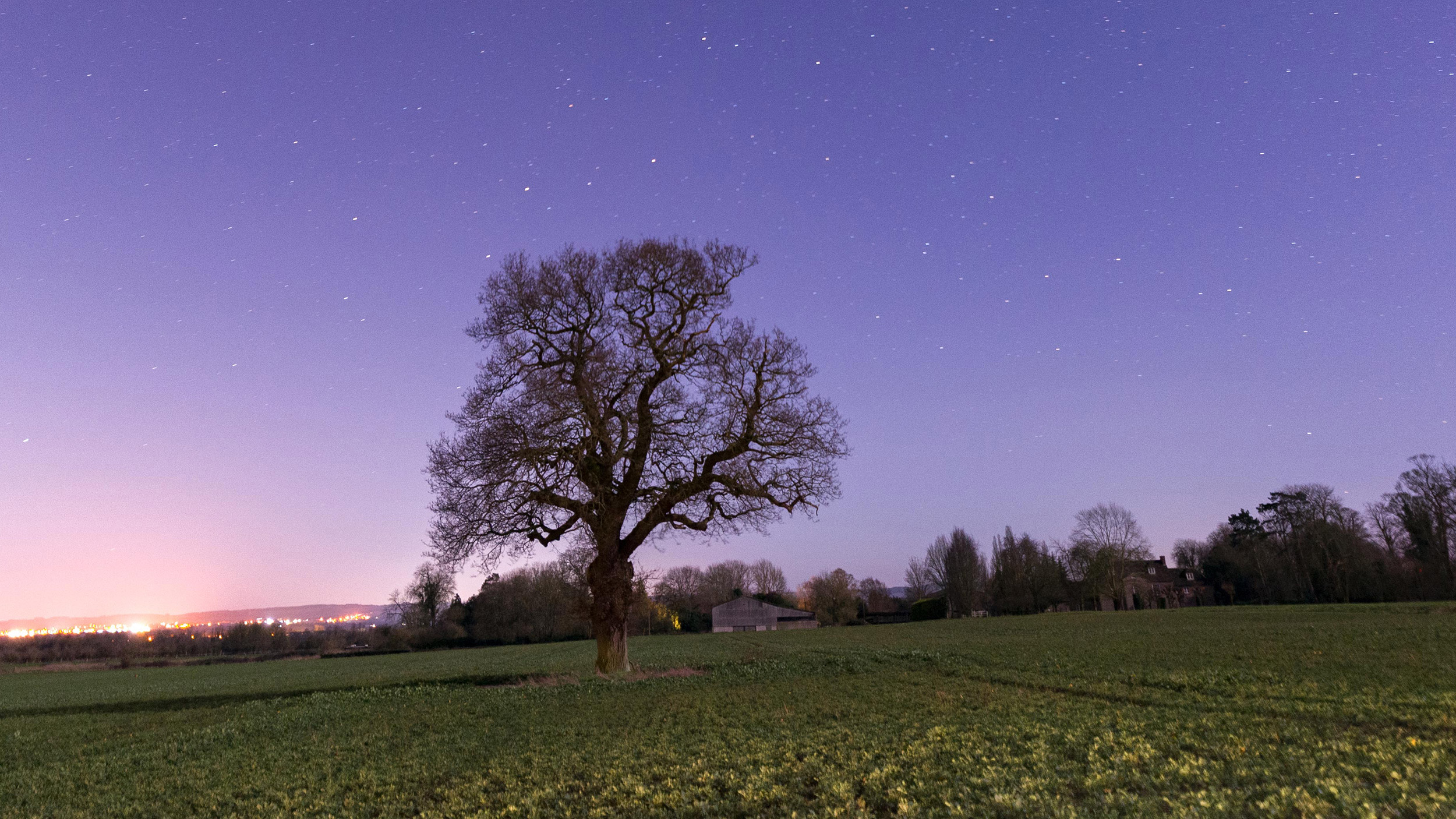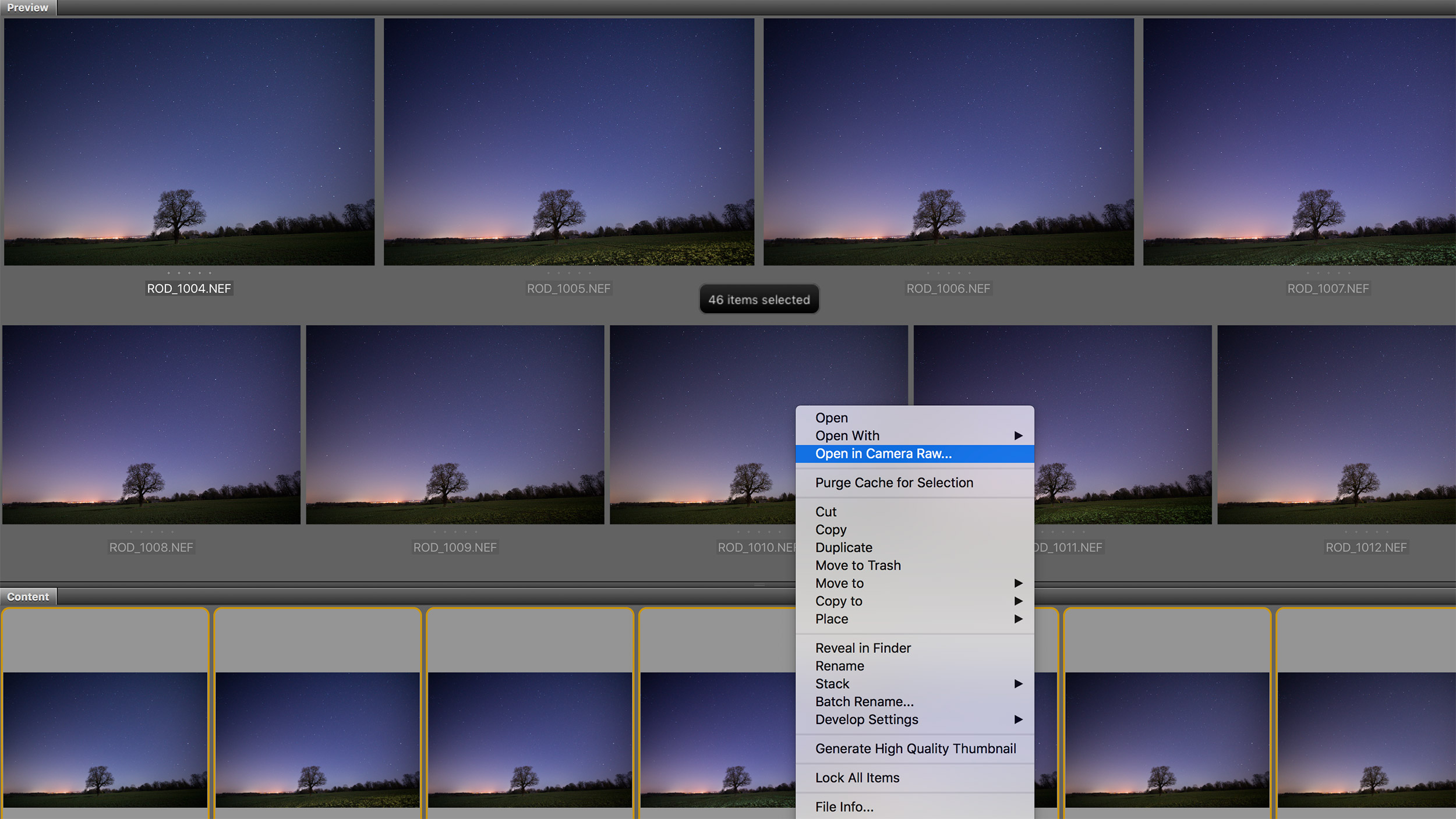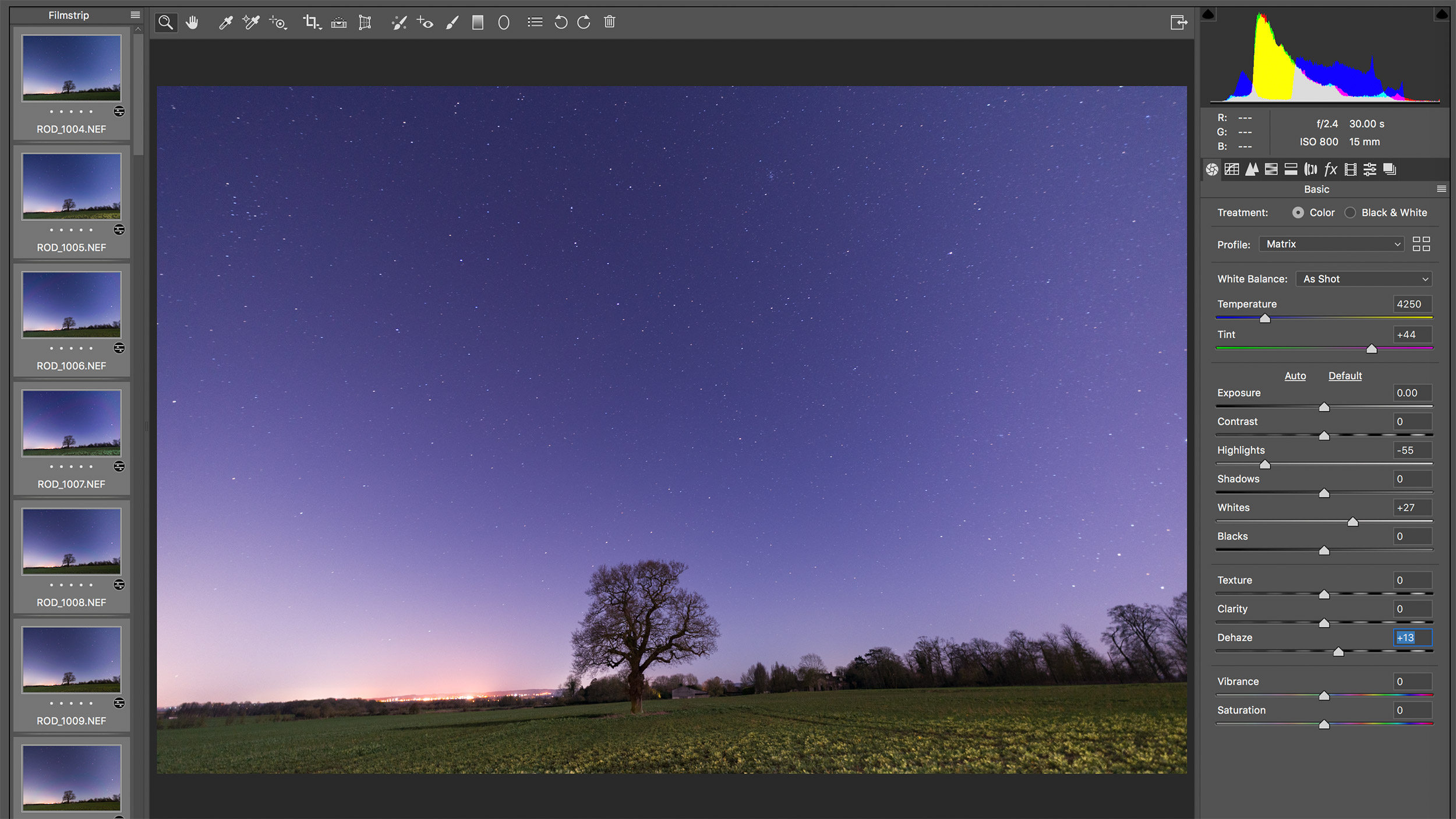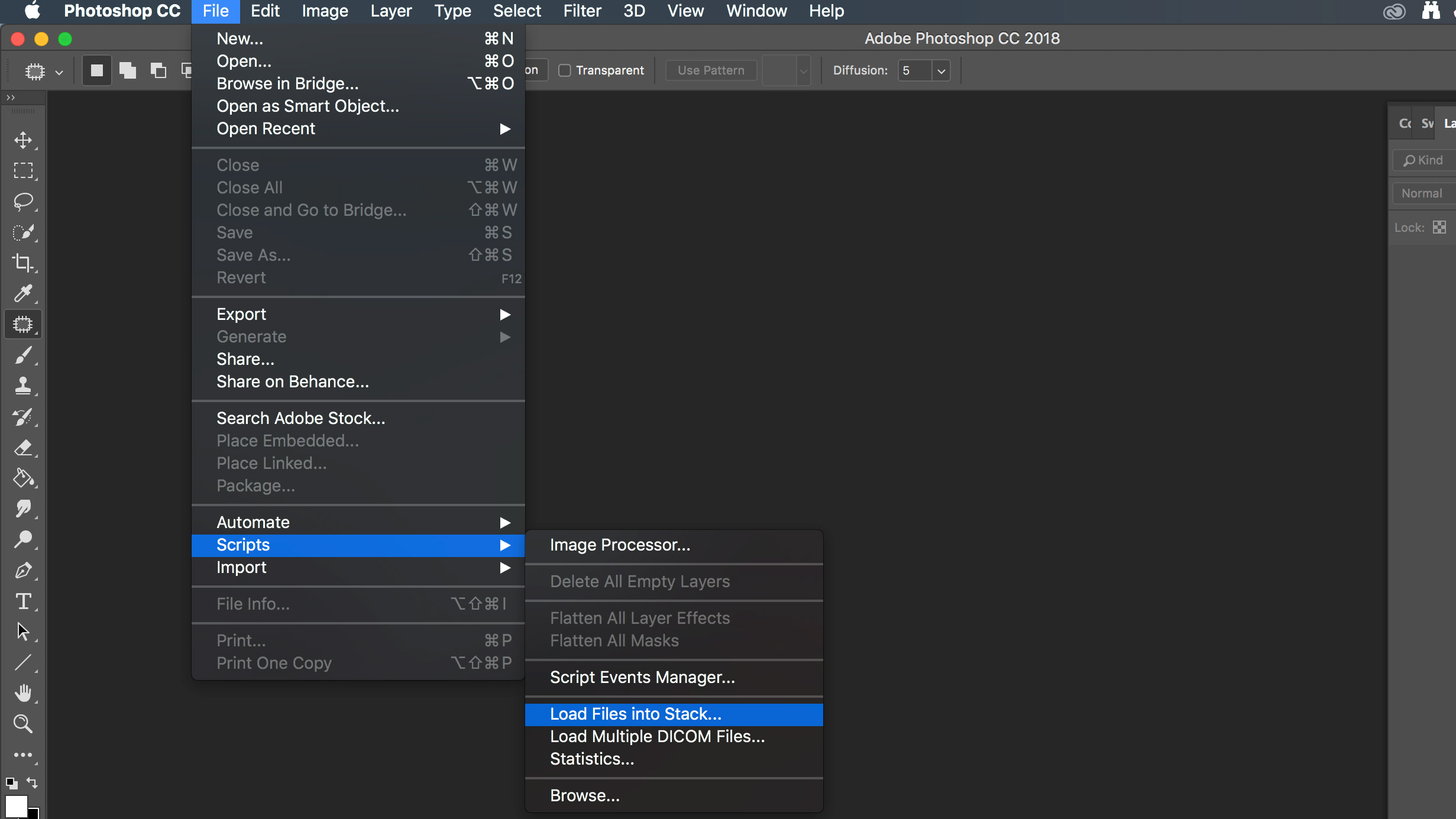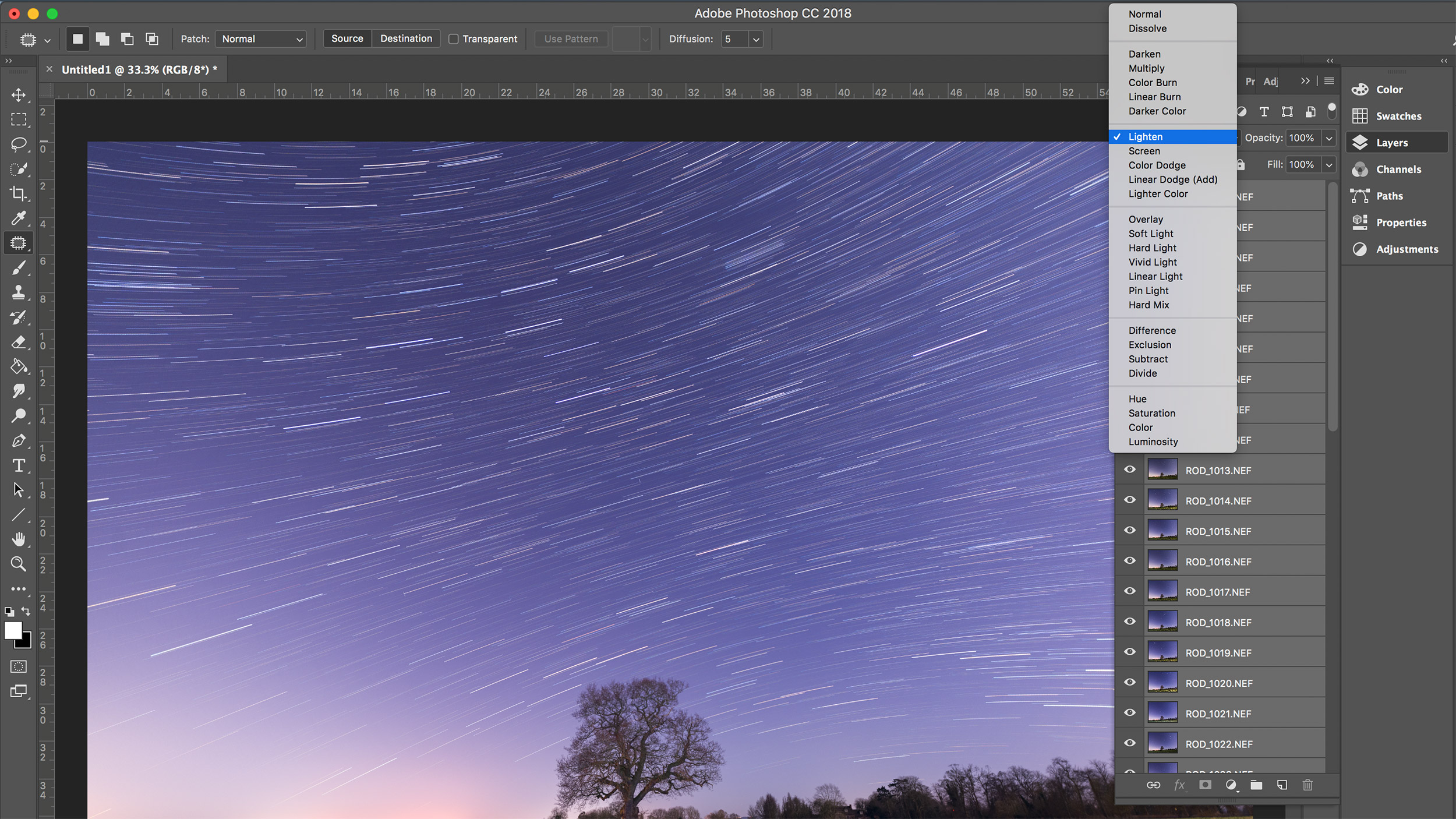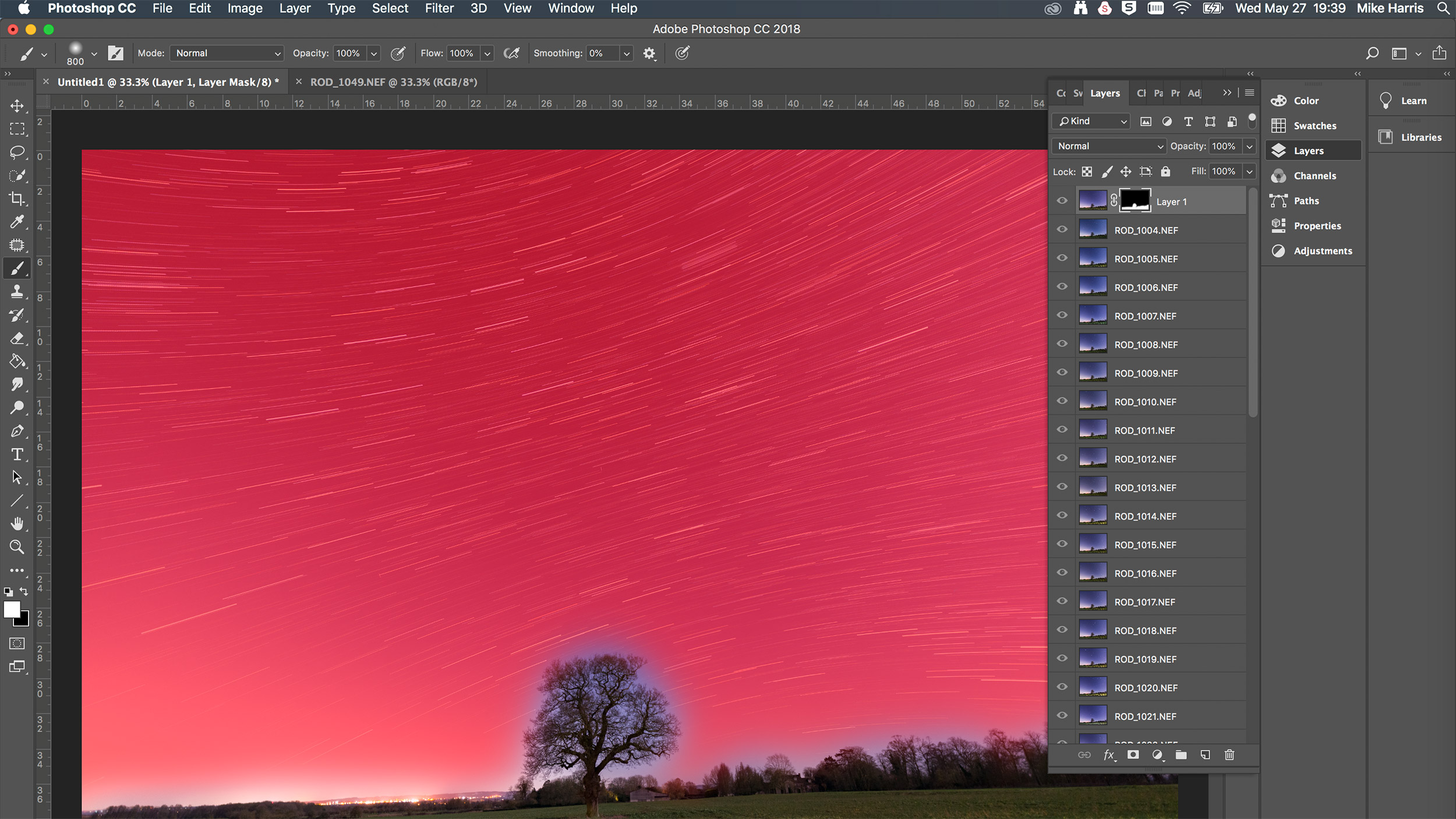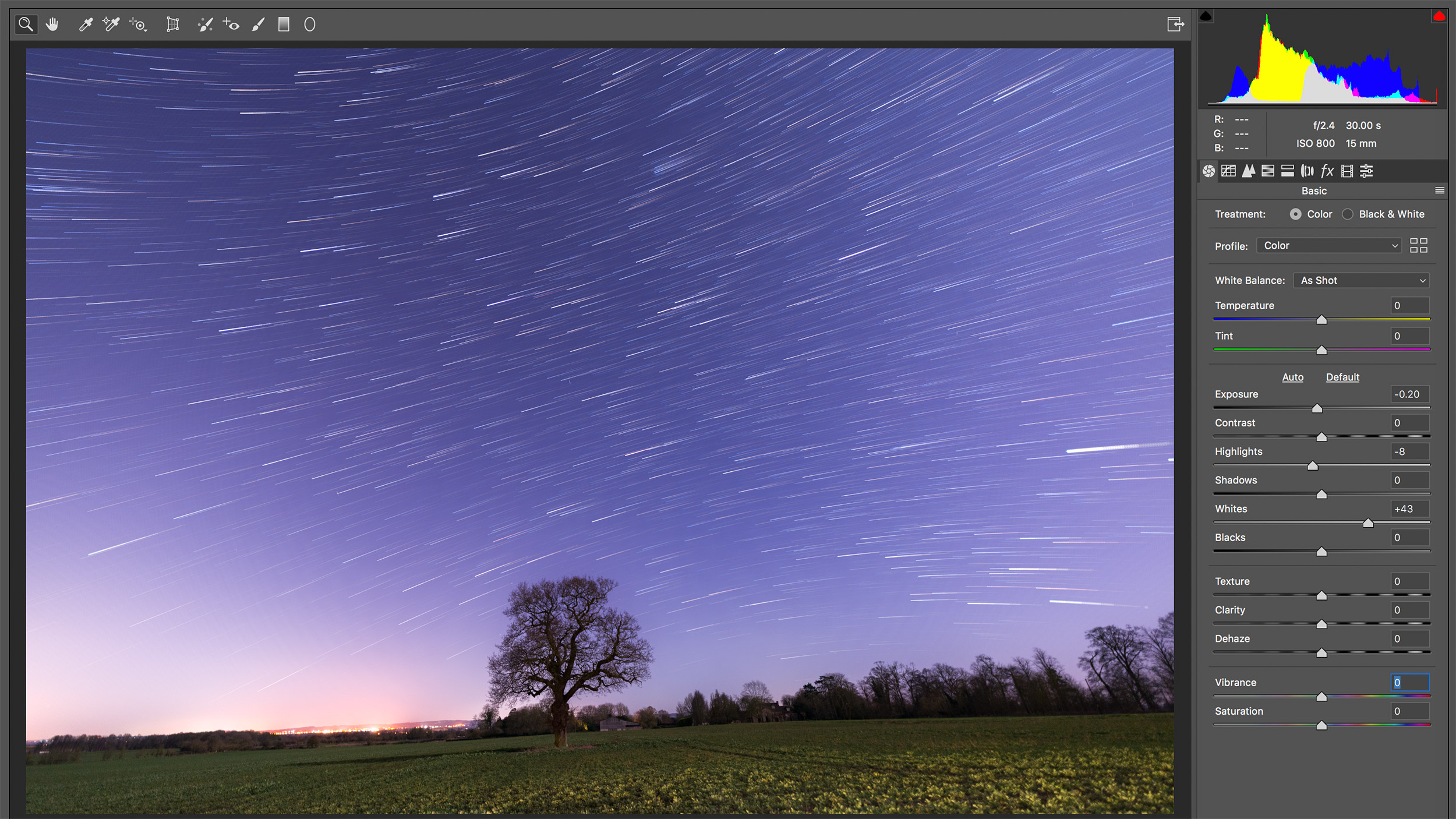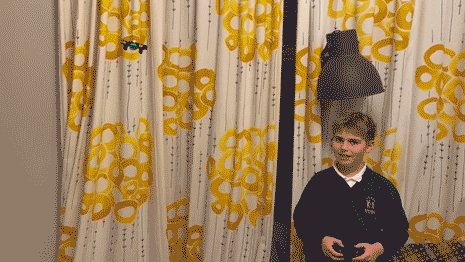How to shoot star trails, by taking and blending images of the night sky
Discover how to shoot star trails by taking a sequence of starry images and blending them together in Photoshop
Watch video: How to shoot star trails
Photography is a great way to delve deeper into something you love. If you’re passionate about astronomy, astrophotography will help develop your knowledge of constellations and celestial bodies, and nurture your interest in the night sky.
In this project we’ll show you how to photograph star trails. To do this effectively you’ll need to set up your camera in pitch-black conditions, find your focus manually, and prepare your camera to shoot a sequence of images from the exact same spot.
• Read more: Best camera for astrophotography
• Tripod
• Photoshop
• Head torch
• Fast, wide-angle lens
• Remote shutter release
(This tutorial will take about three hours to complete.)
You’ll then need to use Adobe Photoshop (or other suitable software) to blend your sequence together. The best star trail shots are often a credit to the photographer’s resolve: the longer the shoot, the more images you’ll capture and more impressive your star trails will be.
You can capture star trails while facing in any direction, but know that where you stand will impact their trajectory. With limited access to our subject, we were forced to shoot towards the southeast. If you want to capture circular star trails, you’ll need to point your camera north.
Astro is one of the most technical genres of photography. And while shooting star trails doesn’t need to be difficult, the time it takes to capture a sequence of shots means there’s more at stake if things do go wrong. Planning is the best way to prevent this from happening – a few simple preparations could make all the difference.
The best camera deals, reviews, product advice, and unmissable photography news, direct to your inbox!
Astro essentials for shooting star trails
01. Head torch
A head torch will leave your hands free to set up equipment. Red lights are preferred as it can take many minutes for our eyes to adapt in dark settings and exposing them to a conventional light will reset the clock. A red light will help you see, but won’t ruin your night adjusted vision in the process.
02. Camera
We used a Nikon D800, but any Nikon DSLR or mirrorless is suitable for shooting star trails, although cameras that perform well in low light will give you a leg up when shooting at higher ISOs. You could also use a bridge camera, such as the Nikon P1000 or new Nikon P950, as at the wide-angle end the aperture is a reasonably swift f/2.8.
03. Lens
A wide-angle lens will help you squeeze plenty of stars into the frame. A fast aperture is also crucial for letting as much light into the camera as possible and, since it’s often too dark to use AF, manual-only lenses are suitable too. For our shoot we used the ultra-wide-angle Irix 15mm f/2.4 Blackstone.
• Best lenses for astrophotography
04. Tripod
It took 25 minutes of continuous shooting to capture our star trails, so it was vital that we used a stable tripod to keep our photographs uniform. If it’s windy, attach a counterweight (like your camera bag) to the hook on the central column. If your tripod doesn’t have a hook, attach your weight with a bungee cord.
• Best tripods
05. Shutter release
A remote shutter release with a locking shutter button will allow your camera to continuously take photos, while you stand back and enjoy the stars. This will ensure you capture consistent star trails and removes any chance of jogging the camera when pressing the onboard shutter button.
• Best camera remotes
06. Smartphone
Smartphones are a great asset for astrophotographers. They usually have a flashlight and apps that can help you predict the weather, make calculations (such as hyperfocal distance) and help you better understand the night sky itself. Crucially, LED screens are easy to view in the dark.
Step by step: How to shoot star trails
01. Alright on the night
Planning in advance is vital when shooting astro images. Apps like Clear Outside and SkyView are great assets; the former helps check visibility and the latter helps identify stars and constellations using augmented reality. If you live in the Northern Hemisphere and want to shoot circular star trails, you’ll need to locate and face Polaris (the North Star) – and this is where the SkyView app can help. Before you head out, ensure you prep a freshly formatted high-capacity memory card and fully charged batteries.
02. Where to focus
Depending on what and where you’re shooting, you can choose to focus on distant lights, a friend holding a red light (about 50 feet away) or a foreground subject. It’s likely that you’ll struggle to use autofocus, so we’d suggest switching to manual focus and using Live View.
03. Shoot wide
It’s important to let as much light into the camera as possible when shooting astro. Set your camera to manual and dial in your widest aperture (f/2.8 is ideal). We were able to work at f/2.4, but it’s worth taking a test shot as unsightly aberrations are more prevalent when shooting wide open.
04. Camera settings
Set your shutter speed to 30 secs (which is generally the slowest shutter speed before Bulb mode), then it's a case of increasing your sensitivity. We shot at ISO800, but what you use will depend on the light and aperture. Take test shots to settle on a suitable exposure so that the stars appear nice and bright.
05. Hands free
A remote shutter release is a must, as it will prevent movement when activating the shutter. One with a locking shutter button is ideal, so that you can set your shooting mode to Continuous High and leave the camera to take the sequence of photos while you settle down with a flask of tea or coffee.
06. Light up the foreground
We took a final exposure and manually triggered our flashgun to illuminate the foreground. If you don’t have a flash, you could try light-painting the foreground with a powerful torch. This may take a little trial and error as you work out just how much light you need to adequately expose your subject .
How to process star trails
01. Select your stack
Begin by cycling through your images in Adobe Bridge to find your stack. Click the first image in the sequence and then click the last image (while holding Shift) to select the whole stack. Right-click on a selected image and choose Open in Camera Raw.
02. Batch edit
Highlight your stack in the left panel (using the Shift key). Edit as you would normally using the right panel – changes will now apply to every image in the stack. Before you click Done, it’s worth checking each shot, as now’s the time to fix any inconsistencies.
03. Load into stack
Open Photoshop and head to the top toolbar. Select File > Scripts > Load Files into Stack. Click Browse and select all of the images in the stack. When you hit OK the images will load into the same document, each as individual layers. This may take a while…
04. Lighten
Creating the star trails couldn’t be simpler. Select all your layers and click the blending mode dropdown box in the Layers panel (it reads Normal by default). Select Lighten to reveal the brightest parts of each layer and the star trails will appear before your eyes.
05. Front and centre
The foreground is too washed out. Import the flashed foreground shot you captured at the end of the shoot and ensure it’s the topmost layer. Click Add layer mask and hit Cmd / Ctrl + I to invert the mask. Use a soft white brush to paint over the foreground and reveal the new layer.
06. Tidy, merge and finish
The final step is to merge your images and use the Clone Stamp, Patch or Spot Healing Brush tools to tidy up any imperfections on the star trails. Then, simply polish off the final image using the Camera Raw Filter (or your preferred software) and export.
Read more:
Astrophotography tips
Best photo editing software
Best video editing software
Best head torch

Mike studied photography at college, honing his Adobe Photoshop skills and learning to work in the studio and darkroom. After a few years writing for various publications, he headed to the ‘Big Smoke’ to work on Wex Photo Video’s award-winning content team, before transitioning back to print as Technique Editor (later Deputy Editor) on N-Photo: The Nikon Magazine.
With bylines in Digital Camera, PhotoPlus: The Canon Magazine, Practical Photography, Digital Photographer, iMore, and TechRadar, he’s a fountain of photography and consumer tech knowledge, making him a top tutor for techniques on cameras, lenses, tripods, filters, and more. His expertise extends to everything from portraits and landscapes to abstracts and architecture to wildlife and, yes, fast things going around race tracks...
